I studied photography at university 40 years ago. At that time, first-year students were not allowed to submit work on 35mm film for assignments. They were required to shoot with a large camera that used 4x5 inch sheet film basically. This is the kind of camera that old-time photographers used in the movies, the kind with a cloth over it to look through the viewfinder.
The camera consists of two plates mounted on metal rails, with a lens on the front plate and a glass viewfinder screen on the back plate to check the image. Of course, a tripod is necessary. The camera itself is heavy and not easy to handle.
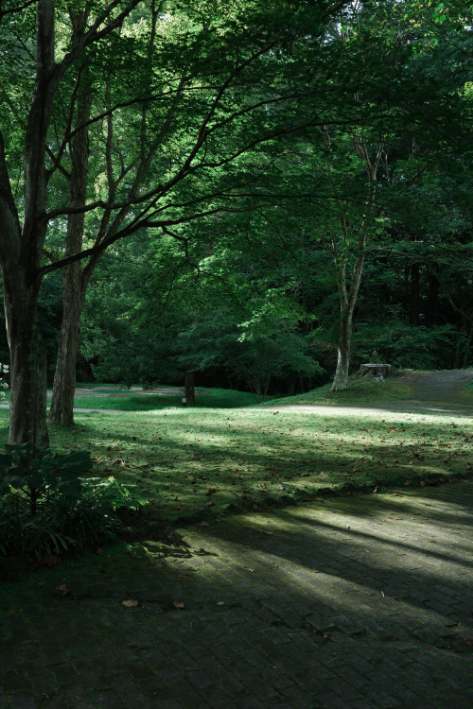
The camera lens has the same structure as a magnifying glass, so it forms an image with the top, bottom, left and right sides inverted. The image on the dimly lit screen is extremely beautiful, making everything look gorgeous. But when the film is developed and printed after the shot, the magic is gone. A series of bland photographs is all that is left. After enduring this, completing numerous assignments, and passing the teacher's checks, I was allowed to enter the second year of school.
From that point on you could use any camera you wanted, but for some reason I couldn't get away from the 4x5, and I decided to go to the trouble of using a cumbersome large format camera for my senior year project. I got an old camera from the school that they had used up and tried to photograph all kinds of things with it.
And even after I became a freelance photographer, the 4x5 became my main format. As I mentioned earlier, it is difficult to compose a shot looking through the viewfinder because it flips up and down and left to right. However, everything looks beautiful through the viewfinder.
The reason I kept using it was because one day I realized that all I had to do was point the lens at the subject I wanted to photograph. That was revolutionary to me.
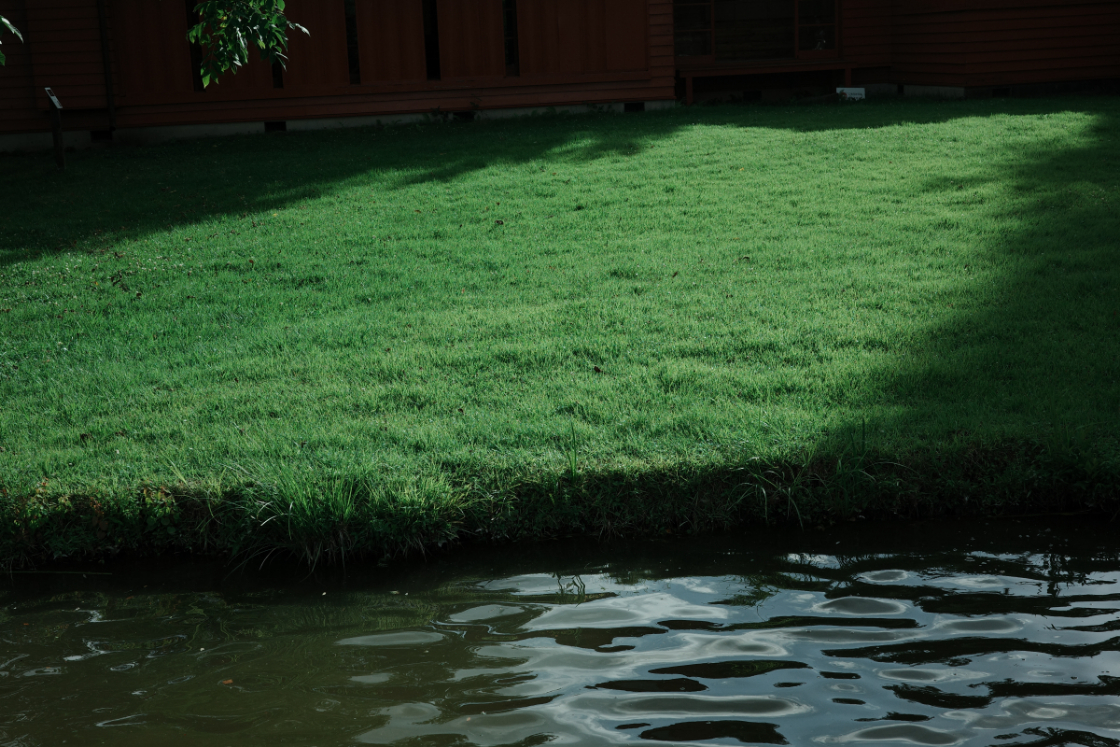
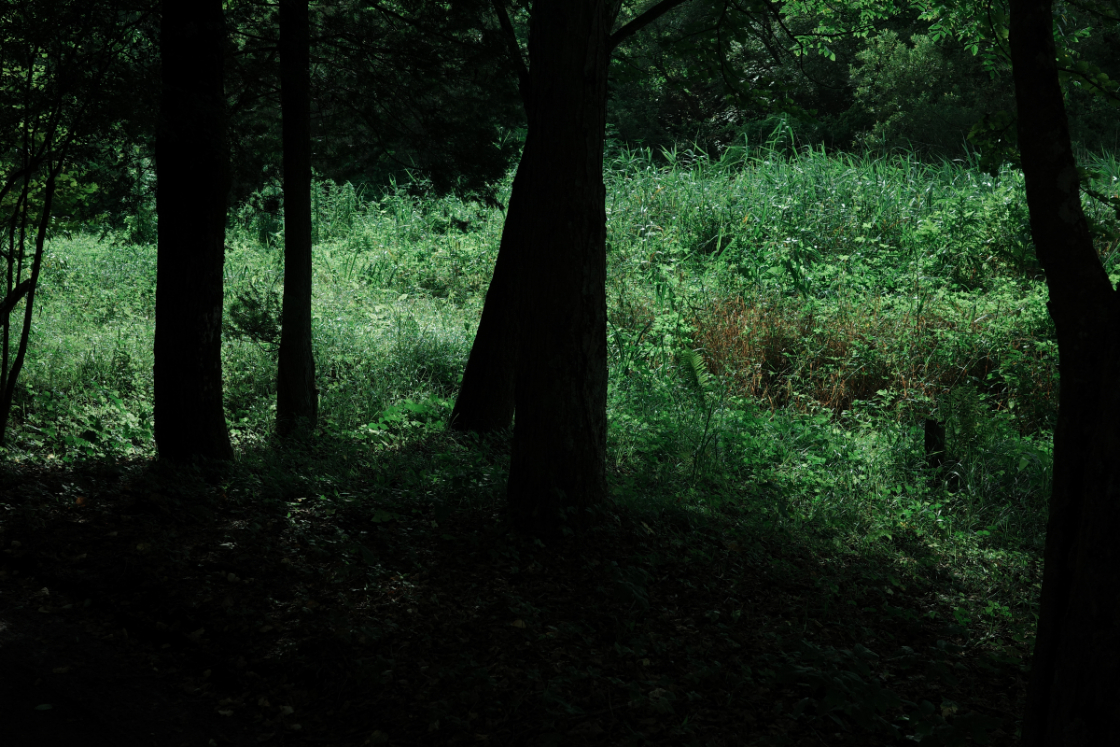
Instead of looking through the viewfinder and deciding what to do, everything was already decided when I pointed the lens. First, I look at the subject. Next, I decide where I want to take the picture. Then I put the camera on a tripod. Finally, I point the lens at the subject I want to photograph.
The camera is designed in such a way that the screen of the viewfinder is an extension of the lens. I just check the image area. That's it. I found the 4x5 to be the easiest camera to use. All I have to do is look at it, put it down, point the lens at it, and take a picture. That's all you have to do. At one point, I found myself shooting most of my work with the 4x5. Not because I wanted to enlarge the image, but because it was easy to use.
Once I realized this "point and shoot" thing, my photography changed drastically. Whether it is a Leica or a twin-lens reflex Rolleiflex, all I have to do is point the lens. And the Ricoh GR is also a camera that lets you point the lens. That is why I have been using it for a long time.
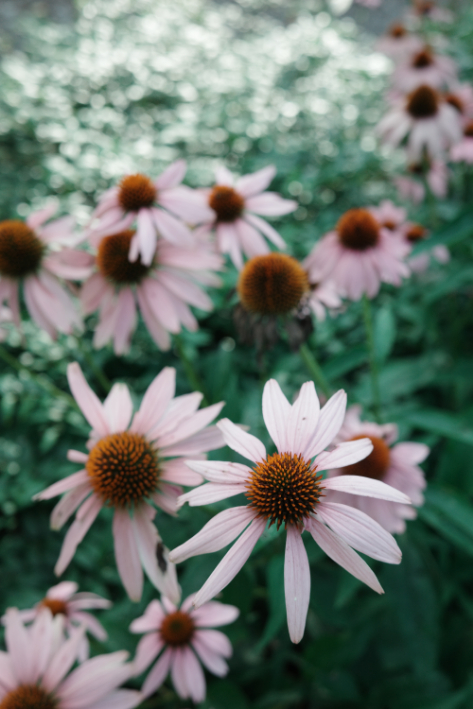
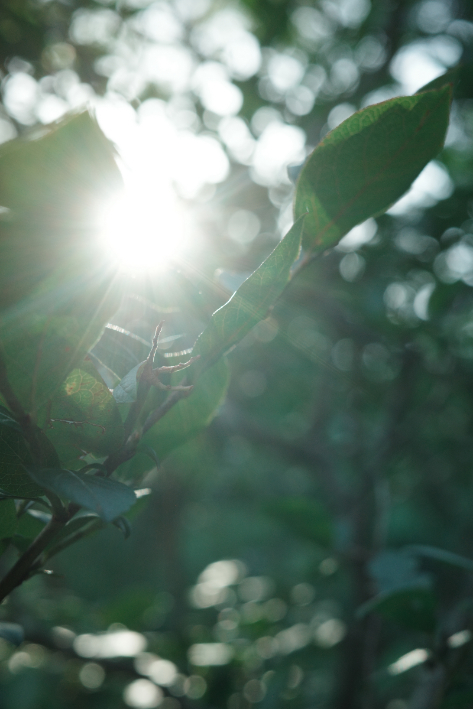
Satoru Watanabe
Born in 1961 in Yonezawa City, Yamagata Prefecture. After graduating from Nihon University College of Art, Department of Photography, Watanabe joined Nikkan Sports Newspaper, where he gained experience in sports and news photography. After leaving the company, he founded Studio Monochrome. He has been working as a freelance photographer, mainly in the field of portraiture, and has been holding workshops since 2003. Recently he is known as the creator of Youtube "2B Channel". Winner of the 33rd "The Society of Photography Award" Special Prize. He is currently an adjunct professor at Keio University Graduate School. His recent books include "Toru chikara miru chikara (Power of Shooting and Power of Looking)" (Hobby Japan).
Satoru Watanabe@watanabesatoru2b














